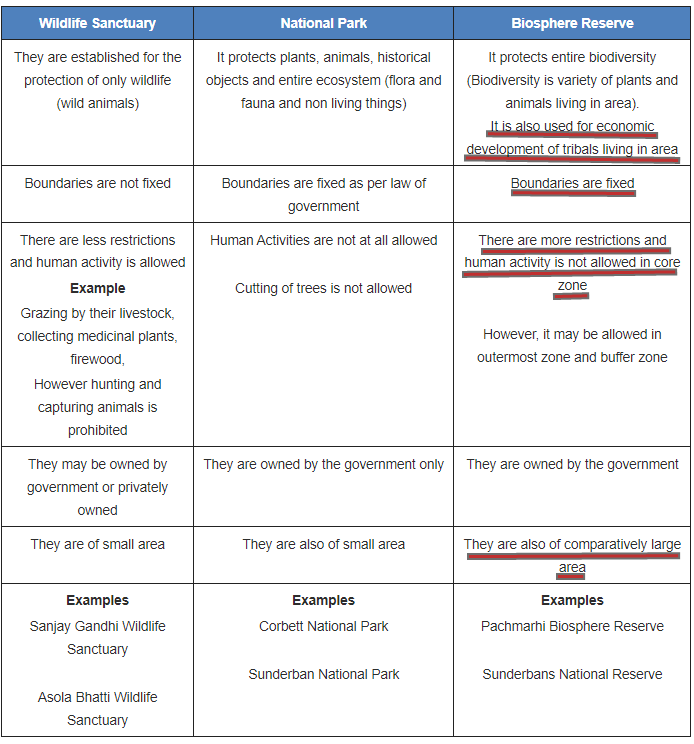
This project is a partnership between UNESCO and Moët Hennessy Louis Vuitton (LVMH). It aims to create an integrated landscape management model that considers the pressures and needs for the long-term sustainability of the Biosphere Reserves (RB) of the Amazon and surrounding regions. The project is being implemented in eight Biosphere Reserves in the Amazon region, namely:
- Pilón-Lajas Biosphere Reserve, Bolivia (created in 1977)
- Beni Biosphere Reserve, Bolivia (created in 1986)
- Central Amazon Biosphere Reserve, Brazil (created in 2001)
- Yasuní Biosphere Reserve, Ecuador (created in 1989)
- Sumaco Biosphere Reserve, Ecuador (created in 2000)
- Podocarpus-El Condor Biosphere Reserve, Ecuador (created in 2007)
- Manu Biosphere Reserve, Peru (created in 1977)
- Oaxapampa-Ashaninka-Yanesha Biosphere Reserve, Peru (created in 2010)
The UNESCO Brasilia Office coordinates the actions in the Central Amazon Biosphere Reserve (Reserva da Biosfera da Amazônia Central – RBAC), located in the Brazilian territory in the Amazonas state. Since the beginning of the project, the following activities have been carried out:
- Development of the RBAC Action Plan, which became a state public policy through SEMA Ordinance 045 on 29 April 2021. The Plan presents a total of 118 actions planned to be implemented in 2021-2024.
- Support for sustainable initiatives and fire-fighting actions in the Amazon.
- Structuring and strengthening the Youth network from the Central Amazon Biosphere Reserve.
- Development of a survey to determine the potential contribution of RBAC to the state plan for Reducing Emissions from Deforestation and Forest Degradation (REDD+) in the Amazonas state, as well as programmes and initiatives related to RBAC’s contributions to the provision of environmental and biodiversity conservation services.
- Mapping the environmental risks to RBAC, assessing fire and deforestation hotspots.
The project will support community-based projects and initiatives demonstrating the socio-economic and environmental feasibility of the Amazonian socio-biodiversity production chains.
